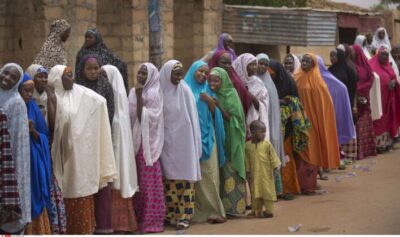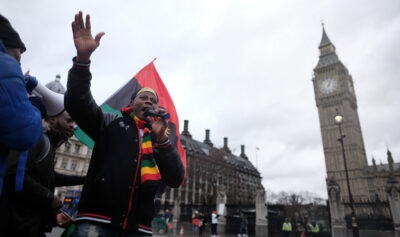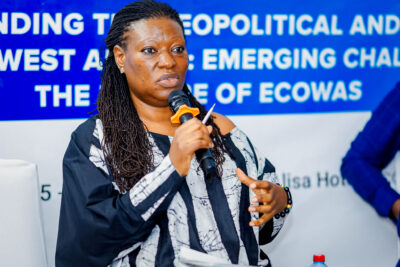Guy Fawkes Day 2017
On November 2, 2017 the New York Times published a story entitled “A Weekend of Fear, Hate and Faith in Tennessee.” The article begins with a description of the unusually sparse crowd at Friday prayers at a small mosque in Shelbyville, Tennessee, and of the anticipated arrival of a “White Lives Matter” rally the next day. Just before the reporter, Campbell Robertson, goes on to relate what happened at the rally and after, he proclaims that, “Religion was the common denominator of the whole, loud weekend.”
This essay reflects on this casual but extraordinary claim and why it obfuscates rather than enlightens. To call this a religion story is to miss the point.
Robertson’s story of religion (or “faith” if you take the headline writer’s translation) is structured around what he calls three “worship services”: Friday prayers at the Shelbyville mosque, a Saturday parking lot rally of white nationalists, and a Sunday evening Bible study in a church in Nashville. Thus, the weekend is explained. The sprinkling of Somali worshippers is portrayed as frightened, with the visiting imam offering advice on how to stay safe. The white nationalists, arrayed against an imagined threat from Muslim refugees, are quoted: “Consecrate my sword and strengthen the arm that wields it.” The Sunday evening Bible study receives the most attention. It takes place in a mixed-race church, where a black parishioner had shot eight white parishioners in September. It was led by another black parishioner. The church had been the announced destination of the white nationalist rallyers who were offering support where it was not wanted. Mr. Chunn, the leader of the Bible study, had grown up in Shelbyville. He spoke of his white high school sweetheart and their eventual parting under pressure from both families. Then the study group turned to scripture and a discussion of the Tower of Babel and God’s purposes in creating different races—and a potluck supper.
What does Robertson mean by religion being a common denominator here? What he calls worship services are very different events—although all three are recognizable as typically American. The Friday night service is a regular service that seems, like many such services in immigrant communities throughout US history, to provide an opportunity for immigrant assistance in navigating local culture, as well as for prayer. The Saturday service is a brief huddle before the march: “Render me a willing implement of justice and mercy to my people and one of terror to your enemies, O Lord.” The Sunday evening in Nashville depicts a fragile and rare interracial church group recovering from a shooting that they seem reluctant to explain as either religious or racial. Robertson lumps together all of these events as “the only time many people at the heart of things would gather and take stock.”
Taking stock is what Robertson seems to mean by religion being a common denominator. But these three groups are not taking stock. And they are not at the heart of the same thing. The three are brought together only by the bent racist logic of the white nationalists. If there is a common denominator among these three scenes, surely that common denominator is race, not religion. What a short time ago in the galloping history we are living through might have been seen as boorish staginess has become a menace. The thread through this weekend is the recent increase in the public visibility—and perhaps plausibility—of an emboldened nativist fringe. Neither the Somalis nor the Nashville church have any interest in or need for the rally. We hear little of the rest of Shelbyville.
Rather than helping us to understand either the embittered men, and few women, who march under the banner of the League of the South or the local communities terrorized by them, Robertson invites us to believe that they are all somehow united in faith, brought together by the fact that they all seem to be praying.
Religion is not an explanation for what happened in Tennessee that weekend. Religion in general is never an explanation—except for atheists and secularists. There is no referent for the word religion. We know that by now. When religion is offered as an explanation, it blocks rather than enhances understanding, as Beth Hurd so eloquently explains in her book Beyond Religious Freedom and elsewhere.
In my view, we have to let go of this word, at least as an independent variable. That is difficult to do because we rightly want to insist on the importance of the stuff that has been excluded by hyper- rationalist and materialist secularizing narratives of human life. We want to insist that this stuff—prayer, bible-reading, pastoral care, sermonizing, church suppers—matters. It does matter. We cannot understand what people are up to if we patronizingly regard these activities as meaningless superstition. But ironically the word religion seems to have the same effect as secularizing omission. It gathers together, separates, and homogenizes a mass of complex human activities that might better be seen to overlap with and exchange meaning with what often might be wrongly taken as distinctively or even exclusively religious. We need to talk about the significance of this stuff without essentializing or hypostasizing the word religion.
As Hurd insists about coverage of the Rohingya crisis in Myanmar and Bangladesh, to claim that the common denominator in Tennessee that October weekend was religion blinds us to actual religious difference and to the entangled political, economic, and psychological motives that drive the actors in this story. It blinds us to their actual lives and circumstances.
The Somali worshippers are workers at a local poultry plant. The first Somalis came to Shelbyville in 2004. The culture clash has been significant but after almost fifteen years, things are smoothing out. The Somalis had been warned by their bosses to stay home that weekend. Hence the thin turnout at the mosque that Friday evening.
The white nationalists speak a language of Christian crusade but they bring together a diverse set of ideologies and display a mixed array of symbols: Confederate flags, Wehrmacht helmets, SS-insignia, and Make America Great Again hats. This was their biggest showing since Charlottesville.
The Nashville fellowshippers gather to mourn and seek understanding of what was for them a profoundly personal experience. The white supremacists had shown up earlier in the day. The church had called the police.
Religion was not the common denominator of “the whole, loud weekend.” The common denominator was the white nationalists. They were the news. And they were the loud ones. Along with the counter protesters they had provoked. The Somalis and the Nashville Christians were meeting in their usual quiet ways, taking care of one another and getting on with their lives.
Thank you to Spencer Dew, Constance Furey, Beth Hurd, and Barry Sullivan for comments and correction.












